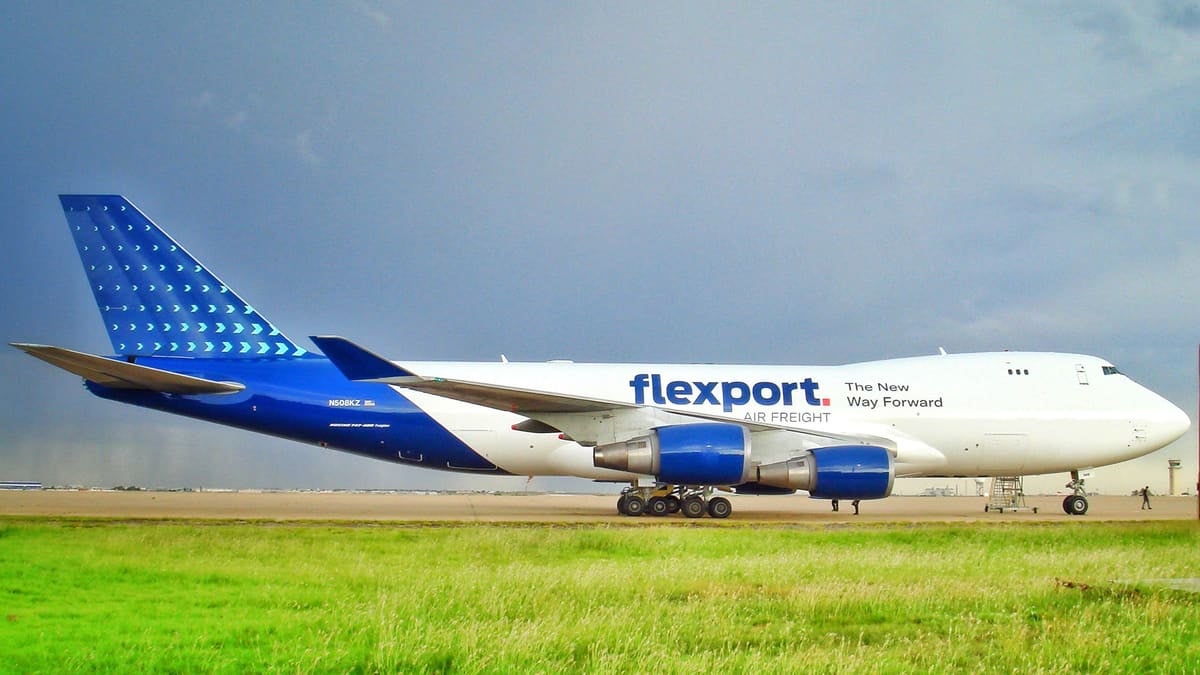The technology being used more and more in the freight handling industry, or FreightTech, is changing the grindustry in a big way. From new computing models to new ways to connect vendors with clients, technology is making the global supply chain steadily more efficient and cost-effective.
Below is a look at just six of the Industry 4.0 technologies at work in freight handling today, and how they’re making the field both more productive and more competitive.
1. Cloud-based technologies continue to add value
In 2020 many of the last holdouts in the freight industries make their peace with cloud computing and software-as-a-service (SaaS) models. Some decision-makers over the years have felt some trepidation over sacrificing “ownership” over their primary technologies in favor of subscription-based cloud products.
By now, however, the many benefits are well-known. Cloud-based software services for logistics ensure operators always have the latest security patches and features.
It also frees these companies to devote more of their in-house resources to their daily functions and growing their business, rather than building IT projects and updating software. Cloud-based SaaS toolkits also provide interoperability – an important consideration in supply chain with many participants and technologies.
2. Automation improves speed and accuracy
Bringing automation into a manufacturing plant or freight distribution center doesn’t have to displace humans entirely. Human workers may be displaced from highly repetitive jobs, but in the best cases, workplaces don’t have to shed employees even as they invest in automation technologies. Thanks in part to this realization, automation will continue to be extremely consequential across the freight industry in 2020 and beyond.
Picking and stowing freight are great examples of tasks that emerging robotics technologies are very well-suited to carry out. Robotic inspection stations are another. The coming years will see humans gravitate toward cerebral, strategy-minded positions and programming jobs, and away from the tedium of many positions that now exist in freight handling.
3. Blockchain works toward industrywide standardization
It may take until beyond 2020, but the Blockchain in Transport Alliance (BiTA) already has its sights set on this milestone.

The 300-member-strong Alliance represents freight transportation companies all over the world, meaning it has plenty of interest in tapping blockchain’s potential. Among other things, blockchain’s immutable and distributed ledger will eliminate a considerable amount of the administrative busywork, as well as potential fraud, involved in getting freight from point A to B.
TradeLens provides a look at what a newer, sleeker and more secure global freight network could look like if it’s built on blockchain. Companies that have already committed to TradeLens include the largest names in maritime cargo, representing some 60% of the industry.
4. The ‘sharing model’ comes to freight forwarding and brokers
Just as Uber and Lyft proved that the taxi of the future is an app, freight brokerages and forwarding services are proving that logistics can be an app, too.
Companies like Flexport, Hub Group and Uber Technologies have turned Chicago and other cities into hotspots for logistics innovation and are looking to expand their reach further. According to one of Flexport’s senior directors, Chicago is now “one of the great logistics hubs” on the continent.

But logistics looks a little different today, and it’s thanks to FreightTech. Uber isn’t a taxi company – it’s a technology company. And Flexport and Uber Freight aren’t freight companies per se – they are high-tech brokers. Their digital platforms connect those who need freight services, like forwarding or splitting shipments, with available vendors in the area that have the means and the space to get the job done.
The sharing economy provides new business models in other industries, and it’s doing the same in freight and logistics. Companies that outsource logistics using these platforms or other tools tend to enjoy lower costs for transportation as well as faster and more efficient freight handling. These services deliver the added benefit of consolidating many disparate shipments, too, which is good for the emissions footprint of the industry.
5. Distributed inventory and predictive shipping
The only thing better than reacting quickly to customer orders is reacting proactively to customer orders. Many of the freight technologies written about in this article lend themselves well to the idea of serving customers from distributed inventories and strategically placed fulfillment centers. This isn’t anything new.
However, what’s new is that predictive analytics tools are more accessible than ever to smaller and mid-sized freight and warehousing companies that rely on them.
In 2020, they will continue to add value to distributed inventory models by using data from a variety of sources, like real-time demand and historical trends, to help plan where in the country or world key merchandise is staged and which freight companies receive shipments. Among other things, this is how pharmaceutical companies keep allergy medicines in stock around the world.
In short, predictive analytics help the entire supply chain stay ready to respond to any and all developments – both current and future ones.
6. The Internet of Things gives the supply chain greater ‘awareness’
According to Deloitte, freight providers in every industry – be they air, truck or rail – have an almost unique ability to capitalize on the Internet of Things (IoT) and its “widely distributed networks.” There are almost too many applications to name, but here are a few:
- Sensors and other IoT devices provide real-time data on shipment conditions and temperatures. This is especially useful for refrigerated products and those that require special handling and inspection procedures.
- Data logging in trucks helps identify problematic driving habits and inefficient routes and monitors engine and equipment conditions for efficiency and maintenance issues.
- Material handling equipment in distribution facilities, like warehouses, benefit from IoT connectivity by delivering proactive maintenance alerts on equipment like scales, conveyors, lift trucks and other assets.
·The Industrial Internet of Things gives every partner and process in freight and the larger supply chain the means to gather data on the work it is doing, and its condition, and improve itself over time.
And the IoT, together with the other FreightTech named here, is turning the entire industry into an even more well-oiled machine. From labor-saving automation to technologies that speed up order fulfillment and keep an eye on freight in transit, technology continues to prove itself an ally.







